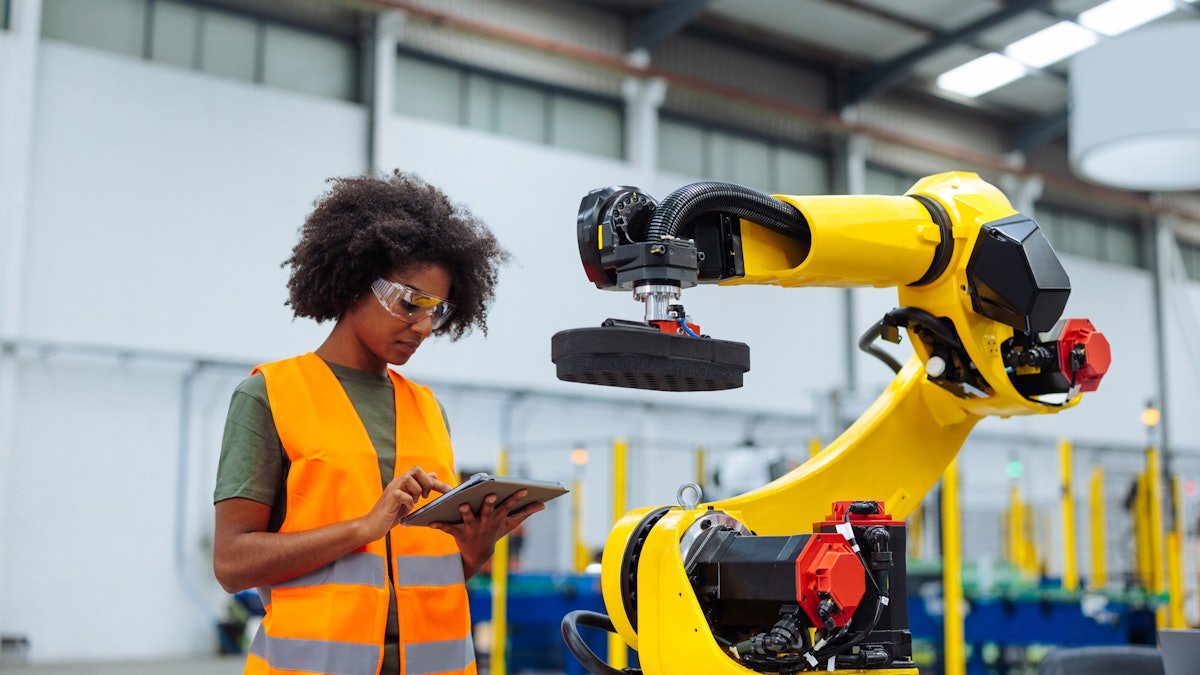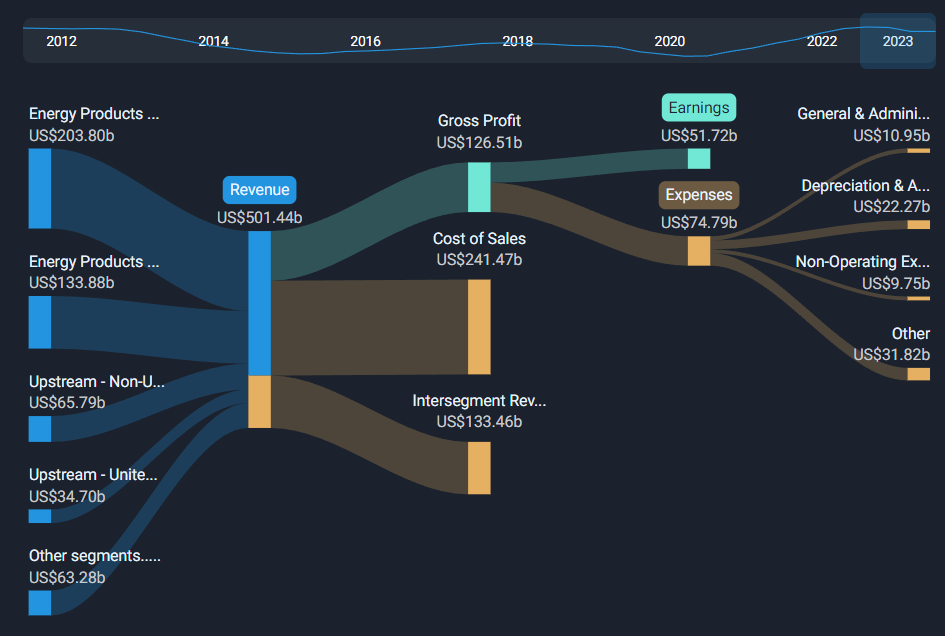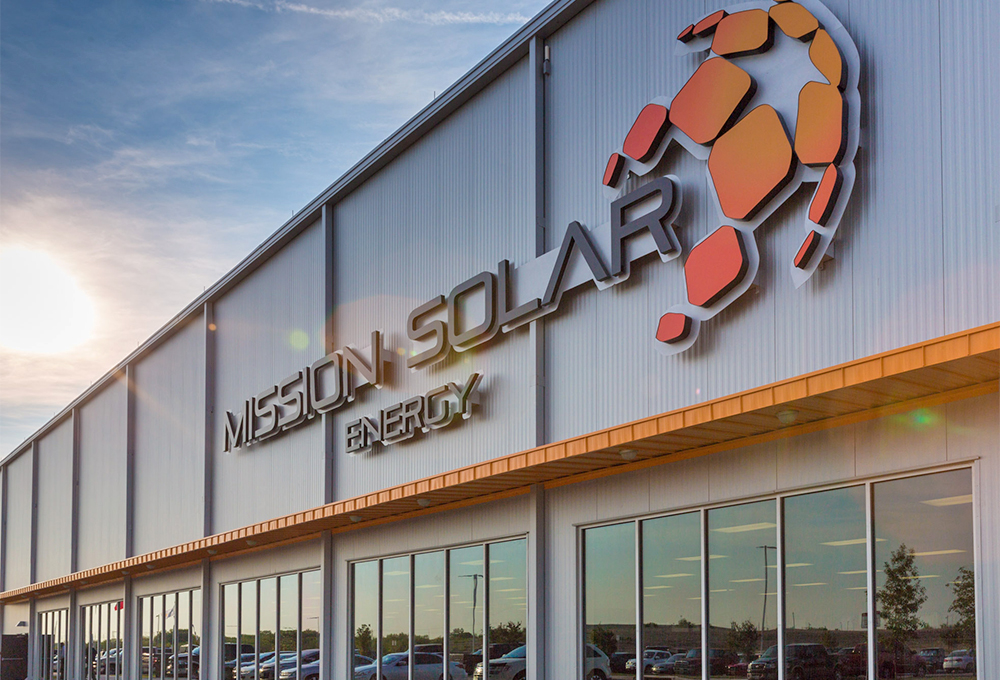Collaborative Robots: The Smart Way to Automate Without Compromising Worker Safety
Manufacturing
2025-03-14 16:04:26Content

The collaborative robotics (cobot) industry is rapidly transforming manufacturing landscapes, breaking down traditional barriers between human workers and advanced automation. As technology continues to evolve, cobots are emerging as game-changing solutions that seamlessly integrate into workplace environments, creating a new paradigm of human-robot collaboration.
These intelligent machines are designed to work alongside human employees, not replace them. Unlike traditional industrial robots that operate in isolated spaces, cobots are equipped with advanced sensors and sophisticated programming that allow them to safely interact with human workers. They can adapt to dynamic work environments, performing repetitive or physically demanding tasks while complementing human skills and creativity.
The market expansion of cobots signals a significant shift in industrial automation. Companies across various sectors—from automotive and electronics to pharmaceuticals and food processing—are recognizing the potential of these collaborative machines. By reducing workplace strain, increasing productivity, and enhancing overall operational efficiency, cobots are quickly moving from novelty to necessity.
As technological barriers continue to fall, the vision of harmonious human-robot workspaces is becoming increasingly realistic. The cobot revolution represents more than just technological advancement; it's a fundamental reimagining of how humans and machines can work together to achieve unprecedented levels of productivity and innovation.
Revolutionizing Workplace Dynamics: The Rise of Collaborative Robotics in Modern Manufacturing
In the rapidly evolving landscape of industrial innovation, a groundbreaking transformation is reshaping how humans and machines interact within manufacturing environments. The emergence of collaborative robotics represents a pivotal moment in technological advancement, promising to redefine workplace efficiency, safety, and productivity in ways previously unimaginable.Unleashing the Future: Where Human Potential Meets Robotic Precision
The Collaborative Robot Revolution
Collaborative robots, or cobots, are fundamentally reimagining the traditional manufacturing ecosystem. Unlike their predecessors, these intelligent machines are designed to work seamlessly alongside human workers, creating a symbiotic relationship that amplifies human capabilities rather than replacing them. Modern cobots are equipped with advanced sensors, machine learning algorithms, and adaptive technologies that enable them to understand and respond to human movements with unprecedented accuracy and safety. The technological sophistication of these robotic systems goes far beyond simple mechanical automation. They represent a nuanced approach to industrial productivity, integrating sophisticated artificial intelligence that can learn, adapt, and optimize performance in real-time. By understanding contextual cues and human behavior patterns, cobots can dynamically adjust their operations to complement human skills and minimize potential workplace risks.Technological Innovations Driving Cobot Development
The rapid advancement of cobot technologies stems from breakthrough developments in multiple domains. Machine vision systems, force-sensing capabilities, and predictive algorithms have transformed these robots from rigid, programmed machines into intelligent, responsive collaborators. Cutting-edge manufacturers are investing heavily in research and development to create cobots that can handle increasingly complex tasks with remarkable precision and flexibility. Sensor technologies play a crucial role in this evolution, enabling cobots to detect minute environmental changes and human proximity with millisecond-level responsiveness. Advanced machine learning models continuously refine these detection capabilities, allowing robots to predict potential interaction scenarios and adjust their movements accordingly. This represents a quantum leap from traditional industrial robots that operated in strictly controlled, isolated environments.Economic and Workforce Implications
The integration of collaborative robotics is not merely a technological shift but a profound economic transformation. Small and medium-sized enterprises are discovering that cobots offer an accessible pathway to automation without requiring massive capital investments. These adaptable machines can be quickly reprogrammed and redeployed across different production lines, providing unprecedented operational flexibility. Moreover, contrary to fears of widespread job displacement, cobots are increasingly viewed as workforce multipliers. They handle repetitive, physically demanding, or dangerous tasks, allowing human workers to focus on more complex, creative, and strategic responsibilities. This symbiotic relationship is creating new job categories and skill requirements, driving workforce upskilling and professional development in unprecedented ways.Safety and Ergonomic Considerations
Safety remains paramount in collaborative robotics design. Modern cobots are engineered with multiple layers of protective mechanisms, including force-limiting technologies, immediate stop capabilities, and sophisticated collision avoidance systems. These features ensure that human workers can operate in close proximity without compromising personal safety. Ergonomic considerations have also been revolutionary. By taking on physically strenuous tasks, cobots help reduce workplace injuries and long-term health complications associated with repetitive manual labor. This not only benefits individual workers but also represents a significant advancement in occupational health and workplace design philosophy.Global Manufacturing Transformation
The global manufacturing landscape is experiencing a profound metamorphosis driven by collaborative robotics. Countries and industries worldwide are recognizing the transformative potential of these technologies, leading to increased investment and research. From automotive manufacturing to electronics, pharmaceuticals to food processing, cobots are becoming integral components of modern production strategies. International competition is increasingly being defined by the ability to effectively integrate human-robot collaboration, positioning technological adaptability as a critical competitive advantage. Companies that successfully implement cobot technologies are seeing substantial improvements in productivity, quality control, and overall operational efficiency.RELATED NEWS
Manufacturing

Strategic Shift: Biopharma Developer Severs Ties with Contract Manufacturing Partner
2025-03-24 06:45:20
Manufacturing

Made in America: The Tariff Strategy That Could Revive Industrial Might and Economic Prosperity
2025-03-07 12:00:44
Manufacturing

Breaking: AI Revolution Transforms Maintenance Inventory - IBM Reveals Game-Changing Strategy
2025-04-14 07:51:04





